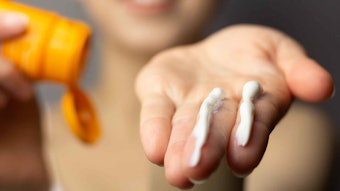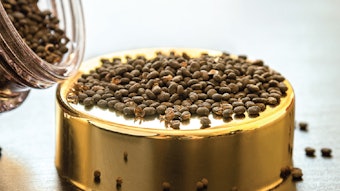Consumers are increasingly concerned about the effects of UV radiation on the skin, and with good reason. Skin cancer has become one of the leading forms of cancer in the United States, with approximately 1.2–1.5 million newly diagnosed cases per annum. Demand for UV protection has made the sun care market the fastest-growing personal care sector with global sales reaching US$5.47 billion in 2005.
New trends have emerged as consumers redefine what is important in their sun care products: higher Sun Protection Factor (SPF) values, broad-spectrum protection, enhanced water resistance and rub-off resistance, more aesthetically pleasing products, and perhaps most importantly, convenience. The advent of newly popular product forms such as alcohol-based aerosol and nonaerosol sprays, has created a challenge for formulators as they try to waterproof these nontraditional systems. Formulators also want to increase the efficacy of sunscreen products without increasing the levels of the sunscreen actives within the formulation.
Film-forming polymers serve as ideal technologies when formulating sunscreen products for water resistance and rub-off resistance in both traditional and newer nontraditional products. Of particular interest are combinations of film-forming polymers that show an unexpected synergy, resulting in an SPF boost. Following is a description of this synergistic formulating approach.
For the complete article, click on "Purchase This Article."










